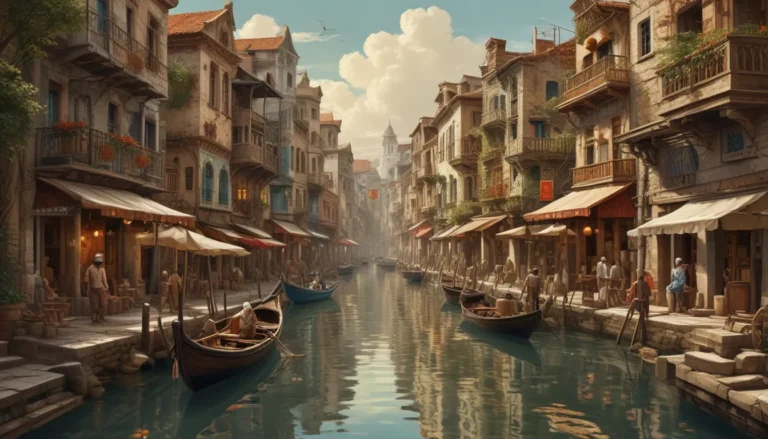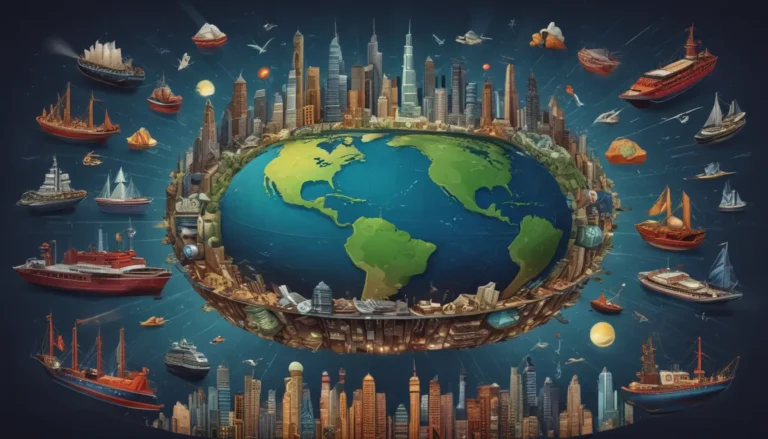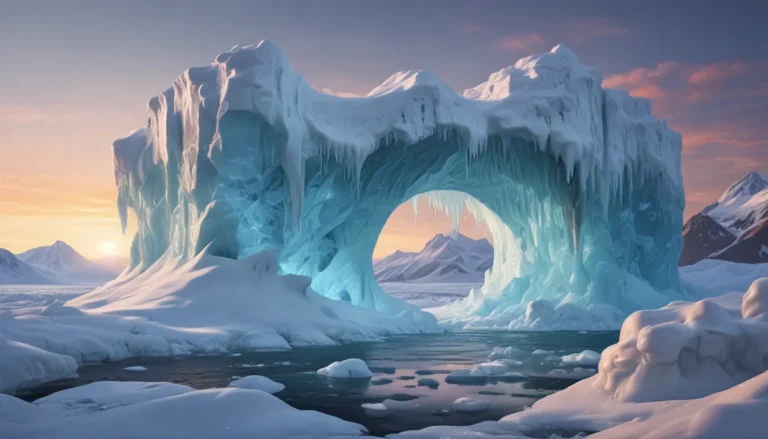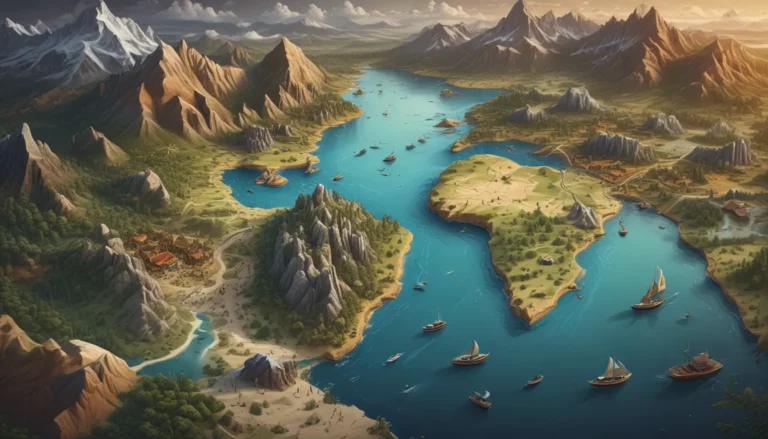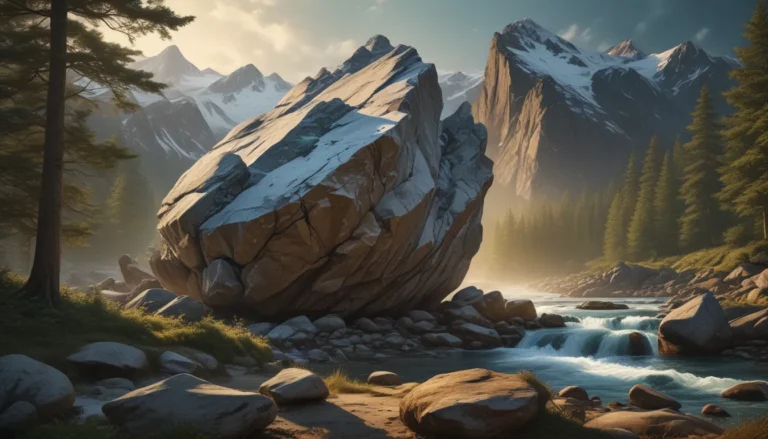A Note About Images: The images used in our articles are for illustration purposes only and may not exactly match the content. They are meant to engage readers, but the text should be relied upon for accurate information.
Welcome to the world of straits, narrow passages of water that connect vast bodies of water and shape the landscapes and economies of regions around the globe. From the iconic Strait of Gibraltar to the mystical Bosporus Strait, these natural marvels have captured the imaginations of explorers, adventurers, and scientists alike. Join us as we embark on a journey to uncover nine astounding facts about straits that will leave you captivated and awe-inspired. Let’s dive into the hidden secrets of these narrow waterways and gain a deeper appreciation for the interconnectedness of our planet’s diverse landscapes.
Exploring the Majesty of the Strait of Gibraltar
- The Strait of Gibraltar is a narrow waterway that separates the Iberian Peninsula from the African continent.
- This strategically significant strait is only 14.4 kilometers wide at its narrowest point, making it a crucial gateway for maritime trade and migration.
Iconic Naming: The Rock of Gibraltar
- The name “Strait of Gibraltar” is derived from the iconic Rock of Gibraltar.
- This massive limestone rock formation rises 426 meters above sea level and has played a significant role in the region’s history, serving as a natural landmark for sailors and a symbol of strength and sovereignty.
Meeting of Tides: Atlantic Ocean and Mediterranean Sea
- One of the most fascinating natural phenomena at the Strait of Gibraltar is the convergence of the tides from the Mediterranean Sea and the Atlantic Ocean.
- This meeting point creates powerful currents and can lead to dramatic tidal changes, making navigation through the strait challenging.
Diverse Marine Life: Dolphins and Whales
- The nutrient-rich waters of the Strait of Gibraltar support a wide array of marine life, including dolphins and whales.
- It serves as a vital migratory route for various species, offering a glimpse into the rich underwater world of the strait.
Historical and Cultural Significance
- Throughout history, the Strait of Gibraltar has been a hotspot for trade, exploration, and conquest.
- It has witnessed the passage of legendary explorers like Christopher Columbus and holds immense historical and cultural value as a meeting point between nations and civilizations.
Vital Shipping Route and Adventurous Water Sports
- As a major shipping route between Europe, Africa, and the Americas, the Strait of Gibraltar facilitates international trade and contributes significantly to global commerce.
- The unique combination of strong currents and favorable wind conditions makes it a popular destination for thrill-seeking water sports enthusiasts, offering opportunities for windsurfing, kiteboarding, and sailing.
Connecting Continents: Europe and Africa
- The geographical proximity of Europe and Africa at the Strait of Gibraltar has led to the establishment of a ferry service between the two continents.
- This seamless mode of transportation allows travelers to experience a fascinating cultural exchange while crossing the strait.
Inspiring Myths and Legends
- The Strait of Gibraltar has inspired myths and legends throughout history, adding to its mystical allure.
- From tales of mythical creatures dwelling in its depths to stories of heroes and gods crossing its waters, the strait holds a rich tapestry of folklore and imagination.
Unraveling the Beauty and Significance of Straits
In conclusion, straits are remarkable geographical features that play a vital role in shaping our world. Whether it’s their impact on maritime trade and transportation, their support of diverse marine ecosystems, or their historical significance, straits are truly wonders of nature. Remember the incredible stories and astonishing facts that these narrow passages have to offer, and marvel at the diversity and interconnectedness of our planet’s landscapes.
Frequently Asked Questions
Q: What is a strait?
A: A strait is a narrow waterway that connects two larger bodies of water, typically separating two land masses and serving as a natural channel for maritime transportation.
Q: How are straits formed?
A: Straits are often formed by geological processes such as erosion, tectonic activity, or changes in sea levels, creating narrow passages of water between land masses.
Q: Why are straits significant?
A: Straits have immense economic importance as major trade routes and gateways for international commerce, as well as playing crucial roles in military strategies and natural barriers between nations.
Q: Do straits support unique ecosystems?
A: Yes, straits often support diverse marine ecosystems due to their unique combination of currents, temperatures, and depths, providing habitats for a wide range of plant and animal species.
Q: How can straits change over time?
A: Straits can change due to natural processes or human intervention, such as coastal erosion or sediment deposition, impacting their width, depth, and navigability over time.
Join us on a captivating journey as we continue to reveal astonishing facts about some of the world’s most fascinating places. From the mesmerizing George Strait’s life story to the stunning Melaka Straits Mosque and vibrant Torres Strait Reefs, there’s a world of wonders waiting to be explored. Embrace the beauty and significance of these natural marvels as we uncover the secrets of straits and their profound impact on our planet.

